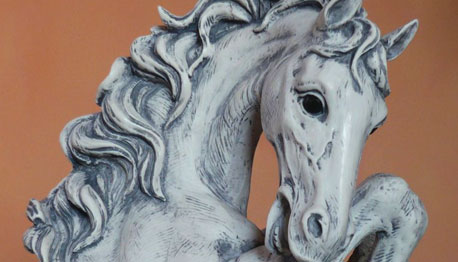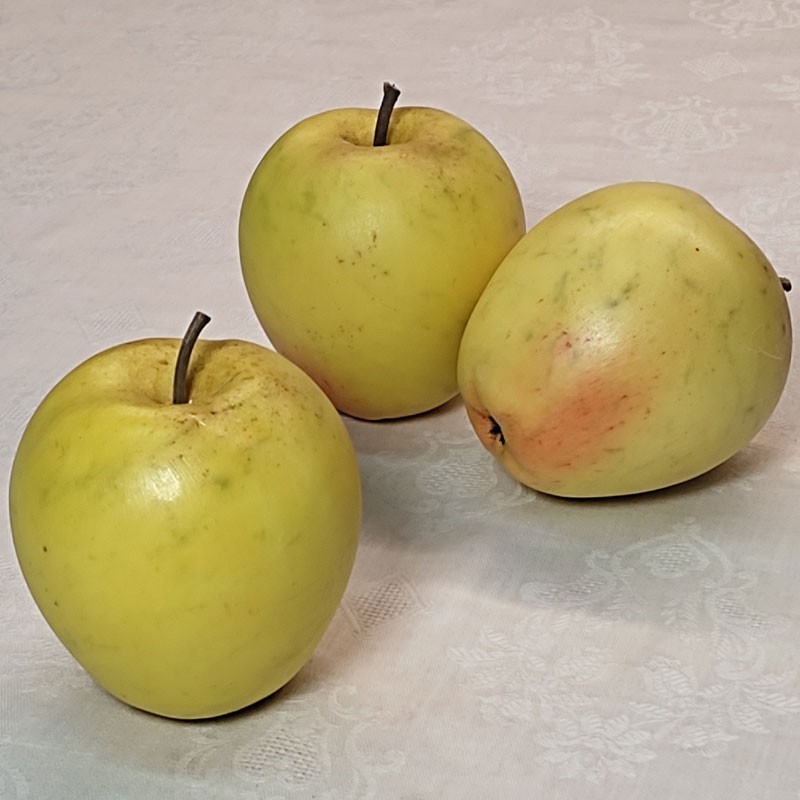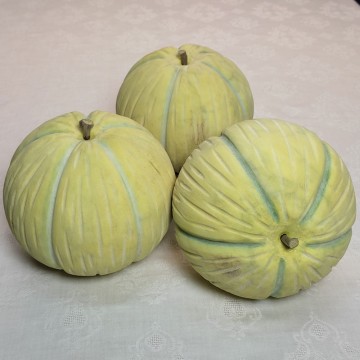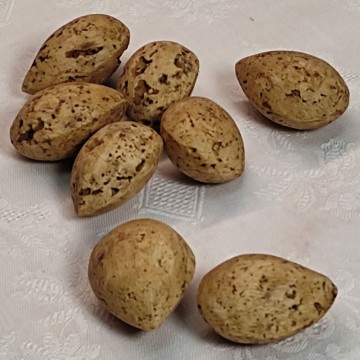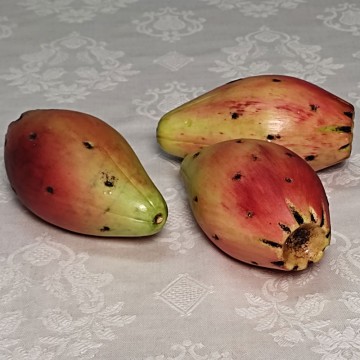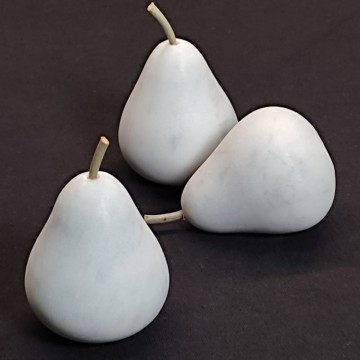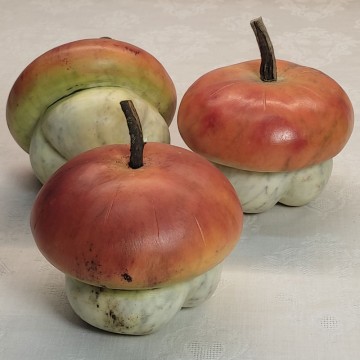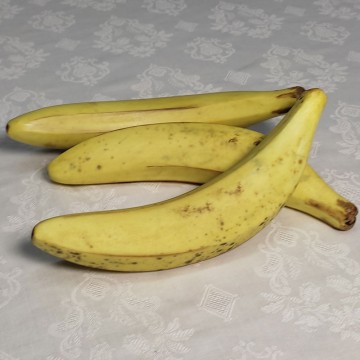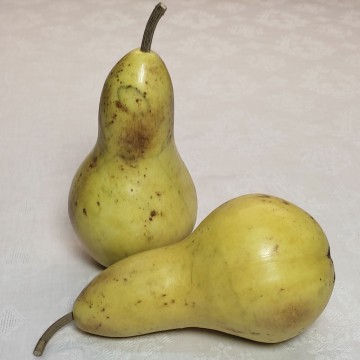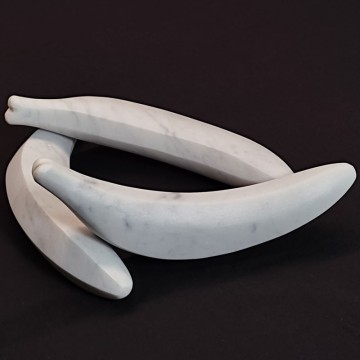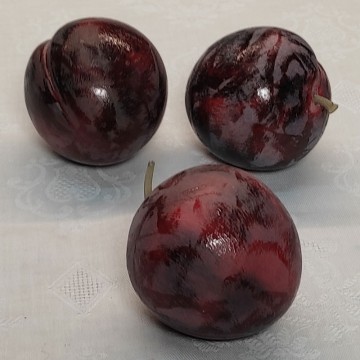The Golden Delicius is an apple variety discovered in the United States in 1891. It has a rounded shape, yellow skin sometimes with slight green hues. A peculiarity of this fruit is the 'red face', i.e. a part of the skin has a red tinge. The reddened part tends to be the one that has been most exposed to the sun and can form due to temperature changes during the day.
Its flesh is crisp and juicy, slightly acidic.
It reaches maturity in September-October.
The apple is the false fruit of the apple tree (Malus domestica), in fact the real fruit is the core. The apple tree is native to Eastern Europe and South-Western Asia. Today it is widespread in most temperate areas of the planet.
The apple varies in shape, mostly spherical, umbilicate at both ends, with crisp, sometimes floury flesh and variously coloured skin. Juicy and tasty, it is rich in properties and excellent both raw and cooked.
The apple has always stimulated man's imagination: from the temptation of Adam and Eve, to the golden apple of Paris and Aphrodite, to the apples of the Hesperides, to Snow White's poisoned apple, to William Tell's apple.
.
At the foot of the Apuan Alps, Carrara is unique in the world for its marble quarries. The “white gold of the Apuan Alps”: this is how the marble of Carrara is defined, a precious stone with which important works have been realised and that has made this town, for centuries devoted to its extraction and processing, great.
One of the first people to venture into marble quarrying were the Romans who, by inserting beams of fig wood inside natural fissures in the rock, filled these with water until they were completely impregnated and caused the rock to split. This extraction technique remained unchanged, if not with minor variations, until the Renaissance when Michelangelo began to frequent the Carrara area to directly choose the raw material for his works: it was from Carrara, transported along the Arno, that the block from which the Maestro sculpted the famous David came.
Marble thus became an important raw material for the construction, furnishing and decoration of public buildings and patrician residences.
Even today, skilful artists and craftsmen still work this material with mastery, creating stupendous works of art and decorative objects that become true furnishing accessories.







